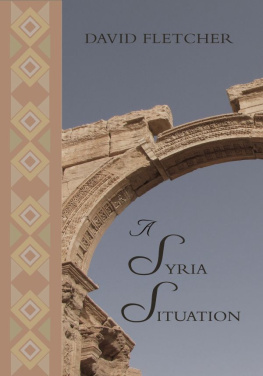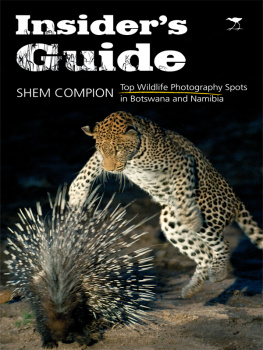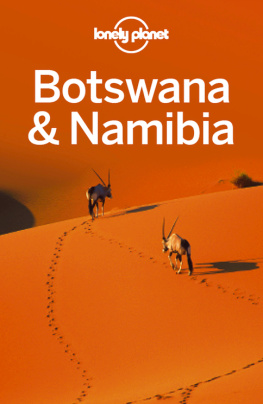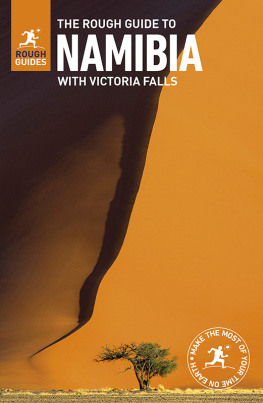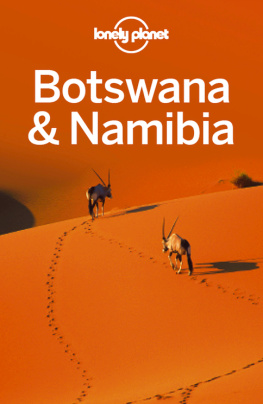Copyright 2014 David Fletcher
The moral right of the author has been asserted.
Apart from any fair dealing for the purposes of research or private study, or criticism or review, as permitted under the Copyright, Designs and Patents Act 1988, this publication may only be reproduced, stored or transmitted, in any form or by any means, with the prior permission in writing of the publishers, or in the case of reprographic reproduction in accordance with the terms of licences issued by the Copyright Licensing Agency. Enquiries concerning reproduction outside those terms should be sent to the publishers.
Matador
9 Priory Business Park,
Wistow Road, Kibworth Beauchamp,
Leicestershire. LE8 0RX
Tel: (+44) 116 279 2299
Fax: (+44) 116 279 2277
Email:
Web: www.troubador.co.uk/matador
ISBN 9781783068975
British Library Cataloguing in Publication Data.
A catalogue record for this book is available from the British Library.

Matador is an imprint of Troubador Publishing Ltd
For Phil and Heather
I t was undeniable. Brian was a loopaholic. Whereas some people are addicted to alcohol, or to Dr Who or even to British socialism, Brian was addicted to loops and, it has to be admitted, to a minor extent, to alcohol. But that is by the way. And to return to his looping predilections, it can be stated with absolute certainty that whenever he made a trip anywhere under his own steam he would go out of his way (sometimes literally) to return by a different route to that which hed originally taken, to achieve the craved-for loop in his itinerary and the consequent gratification of his addiction.
Yes, Brians loops could all be drawn on a map. So, for example, a visit to Waitrose in Droitwich would entail his driving along the Saltway through Hanbury, but then his taking a more circuitous route home through the lanes around Crowle. Similarly, a longer trip to, say, Tenby would be executed by taking the M5 and then the Heads of Valley Road for the outward leg and then a more leisurely amble through the Brecon Beacons and rural Herefordshire for the return leg. And it went beyond this. For he had approached a tour of Scotland by driving up its east coast, then along the length of its north coast and finally down its west coast and back to his starting point and the end of his loop. Ditto in both islands of New Zealand, on the Atlantic island of Boa Vista in Cape Verde, and around the whole of the nation of Namibia. In fact, his loopaholism was so intense that he could now not really contemplate a visit anywhere in the world that would involve a trip from A to B, other than when A and B were the very same place and the start and the end of a suitably gratifying loop. He was a completely hopeless case.
So, no great surprise then that in planning his latest expedition, Brian had organised another looping itinerary. But this one was different. It was to be the loop of all loops. A loop that outpaced that Tenby expedition by miles, a loop that put the Scotland excursion into the also-rans, and a loop that even exceeded that ambitious drive around the whole of Namibia. For this loop would be through three countries. And not silly little countries either, like Luxembourg or Liechtenstein, but big proper countries, and not in innocuous Europe but in inimical Africa. Well, no, not really inimical at all, because the three African countries to be visited (and through which a loop would be conducted) were the old favourite of Namibia, its neighbour, Botswana, and its rather more remote neighbour, Zambia.
Yes, as anyone who has visited either Namibia or Botswana will confirm, the likelihood of coming to harm in these nations is probably less than it is in Tenby (after closing time). And as for Zambia well, the loop would just scratch a corner of its territory, and the biggest threat that might be encountered there was the unwanted attention of mosquitoes. That said, there would be roads to find, lodges to find, borders to cross and, no doubt, animals to avoid. So it wouldnt be a walk in the park. Not even a circular walk. No, it would be the biggest loop Brian had ever driven. And, all being well, it would satisfy his loopaholic cravings for weeks, if not months. Even if, to start with, it was difficult to believe that one was on any sort of loop at all. And that, of course, was down to Namibias roads
The journey had commenced in Namibias capital, Windhoek, and Brian and his wife, Sandra, were now driving north up this countrys main thoroughfare, the seemingly endless two-lane B1. And this road, like most other roads in Namibia, is just a surfaced straight line. It is a strip of undeviating tarmac, edged with wide cropped verges cut through an infinite spread of thornveld, where there is as much chance of meeting a bend as there is of meeting ones maker, (for as well as being straight, this major road is virtually traffic-free, and collisions with other vehicles would have to be arranged by prior appointment).
But anyway, at the moment, Brian was conscious only of the straightness of this highway, and was intrigued by the thought that his currently curve-less progress was still an integral part of that much discussed loop. For after all, dont most loops have at least a degree of curvature in their design?
He was also intrigued by the thought that this straight-line road and all the other straight-line roads in Namibia, whether metalled or un-surfaced were a product of the countrys colonial past. This place had once been a German possession. And could it be that these unfussy, not to say strictly disciplined, by-ways were the result of Germanic precision and Germanic resolution? In the face of Teutonic determination and single-mindedness, would a bothersome topography stand any chance at all? The road needs to go zat way, and zat is where ve vill build it. Uhmm, a little unfair possibly, and on the same basis, all the roads in ex-French colonies would be full of contortions, bifurcations and deviations, and in ex-Brit colonies, theyd just be completely higgledy-piggledy and full of dead-ends and dips. So maybe it was something else, like the absence of a discernible population in the country. If you needed to build a road here, there were barely any towns or other settlements to avoid. You simply built it where it needed to go in a straight line and no one was inconvenienced.
These sorts of musings got Brian past Otjiwarongo (where there was a discernible turn in the road that now took our two travellers in a north-easterly direction rather than due north) and only ended when Sandra made an observation about the time.
How long now? she said. We must be almost half way.
Unusually for Brian, he was prepared for this question and responded without hesitation.
Two and a half to three hours, I reckon. And yes, were just over half way. So, all being well, thatll be five hundred kilometres in under six hours.
Umm, thats good.
You dont mind sitting in a car for almost six hours then just looking at all the thorn trees?
Why would I?
Well, think of all the other things you could have been doing instead.
Such as? queried Sandra.
Well, I dont know I mean, given six hours, you could have
Yes ?
You could have read two thirds of that Alistair Darling book on the banking crisis
You mean that one that made you despair?
Yes, that one. Or you could have wormed your way through BTs automated fault-reporting system and found a human being to speak to
Unlikely.
Or you could have watched six episodes of the X Factor if its actually possible for anyone to watch six in a row. Or you could have had a dozen or so colonoscopies
Its OK, Brian. I did mean it. I do enjoy sitting in a car. And you know I do. Especially when the cars in Namibia. And, of course, when the car is a Land Cruiser
Next page

